Grid electricity prices have nearly doubled over the past seven years and on the eastern seaboard natural gas prices are rapidly increasing. With little relief in sight from high energy costs and supply security concerns, more and more businesses are investigating on site generation. While many are looking to solar PV as an easy option to reduce electricity usage, there are limited options for reducing gas usage. Waste to energy projects can address this gap for energy intensive operations where waste costs are low enough to compete with existing fuels as an energy source, and LGCs can be created. This article discusses the features and issues that should be considered as part of business case development.
Elements to consider when building a business case
Electricity price outlook – continued high prices and volatility
Factors in play:
- Impact of withdrawal of some old coal fired power stations such as Playford and Northern in South Australia and recently Hazelwood in Victoria.
- End of life power generators that require substantial investment to meet current safety and compliance requirements. Many were operating 5-10 years beyond original intended end date when they were privatised.
- Increased contributions from renewables which have very low operating costs compared to large coal fired power stations. This has meant older power stations have been finding it harder to compete financially, resulting in their closure.
- Gas generation greatly influences future electricity prices as it falls to the gas-fired power generators to fill the gap between renewable supply and traditional baseload generation.
Natural gas price forecast and deep concerns for supply
Many would be aware of the current gas price issues and shortages in the recent headlines. One of the key reasons for this includes the LNG trains coming online for export overseas, and the absence of a coordinated energy policy framework and response at a Commonwealth and State levels.
We don’t see any quick solutions to this situation barring significant Commonwealth intervention.
High LGC prices enhance the business case - significantly
Many energy from waste options can be classified as renewable energy projects which makes them eligible for renewable energy certificates in the form of Small Scale Technology Certificates or Large-scale Generation Certificates. As a result of policy uncertainty reducing investor confidence in large scale renewable projects, the LGC price is very high (>$85) and likely to remain so for some time.
What are the potential cost savings?
Conventional energy sources, while energy dense and reliable are expensive, in the order of >$10/GJ. Energy from waste sources is typically below $10/GJ. Some working examples are below although you can read many more on the Australian Government’s ‘Biomass Producer’ website:
Darling Downs Fresh Eggs, Qld: heat and power from chicken manure and organic waste 390 000 chickens produce 130t/week manure, which was sold as fertiliser. That waste now passes through onsite anaerobic digestion to produce power and heat. The result is a reduction in both onsite electricity use by 60% and LPG for heating.
Australian Tartaric Products, Vic: powering a distillery on grape waste
50 000tpa grape waste product is diverted from landfill into a biomass boiler. The business benefits with a reduction in energy costs by ~70%, with the power generated from the boiler meeting ~60% of onsite energy needs.
Rainbow Bee Eater, WA: converting wheat straw to gas fuel
Demonstration plant uses pyrolysis to convert wheat straw and other crop residues into syngas and biochar. The biochar, mainly carbon and ash, can help some soil types to retain nutrients and water and to stimulate beneficial microorganisms that increase soil health and productivity. Adding biochar to the soil is also a way of storing carbon for very long periods of time.
Key project considerations
Sources of waste for energy generation
- Most commonly used for direct combustion and power generation is wastewater processed through anaerobic digestion. Typically produced by red meat processing plants and other food manufacturing sites with large wastewater systems. Both anaerobic digesters and landfill produce biogas which is about 60% methane. While this is mostly methane and carbon dioxide, it can contain impurities like hydrogen sulphide, siloxanes and moisture which require treatment and removal before it can be used
- There is also landfill biogas from municipal tips which can be directly combusted in boilers and power generation systems
Wood waste from timber processing plants or plants near plantations is a ready source of fuel for biomass fired boilers and furnaces. - Crop residue or waste from food processing plants. Crop residue is the left over waste after harvesting. While in some cases this is baled and represents a potential revenue stream, in many others it is burnt due to the inability to handle such large volumes of waste and presence of impurities such as weeds. A common example in cane processing is bagasse.
- Sewage
- Manure from intensive farming activities involving chickens, pigs or cattle. Onsite waste is often a cost to the business in terms of disposal and processing.
Common energy conversion systems
A barrier to many energy from waste sources being used effectively is that they are low in energy density and present materials handling issues in terms of overall volume to be collected and processed to end use. A major consequence is that the transportation cost of these waste sources can add a very significant amount to the delivered fuel cost if an organisation went down the path of buying-in fuel from the surrounding area. This cost needs to be factored in the planning stage.
There are two main systems used:
- Direct combustion in boilers
- Biogas combustion in engines/turbines with waste heat recovery
Conversion processes involved such as compacting, gasification and pyrolysis can transform the waste into a more energy rich fuel (biodiesel, bio-oil, syngas, biochar, pellets). We see:
- Increased energy content (MJ/m3 or MJ/kg)
- Improved storage ability
- Lower cost transport to other sites if needed
Understanding network connection challenges
Network connection challenges represent a major issue and barrier to many energy related projects, not just energy from waste projects. Considerations include:
- Understanding the site tariff. How much of the energy bill is actually made up with variable costs versus fixed costs. This means examining the individual line items and evaluating the impact to the bill as a result of producing energy onsite. This is instrumental to the development of the business case and investment decision
- Understanding the costs of connection. Metering, high / low voltage transformer ownership transfer and / or local substation upgrades are key considerations and can influence capacity issues if the new onsite generator fails
- Sizing of new generation equipment is also critical with respect to the onsite load. Generally there is minimal financial value in the export of any surplus power. It’s also unlikely that you can export power for use at a neighbouring site.
System management challenges
There are a range of challenges associated with the waste fuel itself. For biogas, maintaining consistency in the processing of waste and the chemistry within the digester is essential as the bacteria do not cope well with operation outside a preferred range.
The gas cleaning issues can have serious repercussions on downstream equipment including engine reliability. For biomass-fired furnaces, the major barrier is that capital costs remain significantly high due to Australia having a relatively small market compared to overseas.
Consistency in fuel quality from wood waste can also be challenging. Other sources like crop residues can suffer from intermittency with harvests meaning that storage of waste is critical to ensure quality is maintained.
Biomass based products also suffer from the low energy density issue mentioned previously which means that transportation costs become a major barrier when not used in the immediate vicinity. Planning approvals for biomass fired furnaces can also be a barrier when located close to urban centres due to the presence of particulate emissions.
Overall these do not necessarily represent barriers to the implementation of waste to energy projects, but instead are key issues that need to be evaluated and considered upfront during feasibility before embarking on any detailed assessment or tender process.
Summary
- Waste to energy is increasingly viable due to rising electricity and gas costs on the one hand, and high LGC prices on the other hand to reward such projects. Waste to energy provides option to hedge against future price risk volatility.
- Need to understand where you can source the waste and therefore consistency of supply, contract length, quality, and consideration of the issues associated with different fuel sources. Anything outside of ~100km results in transport costs being too high to make most projects viable.
- Consider options for energy conversion / densification in regions of high fuel supply but limited demand to overcome transport cost barrier.
- Allow for site connection upgrades to support onsite generation.
Energetics has been working with a number of clients to understand and address these key considerations to determine the viability of possible waste to energy projects. Please contact the author or any of the experts listed to discuss your business’ scenario.
Exploring the options
There are particular scenarios where waste to energy works well.
Context #1 in which the potential payback is two to four years.
Businesses with high natural gas cost, high electricity costs and existing biogas production.
Opportunity: move from biogas in boilers to biogas for power generation and heat recovery (cogeneration)
Context #2 in which the potential payback is three to five years
Wastewater treatment plant upgrade to meet regulations. Plant operating with high Biological Oxygen Demand values.
Opportunity: consider anaerobic digesters and cogeneration



